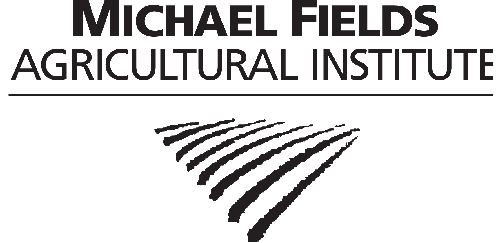Building Cover Crop Expertise in WI
Cover crops can be key piece of any soil health or regenerative agriculture “tool kit.” Despite the critical role of cover crops, however, historically farmers in Wisconsin have lacked information about how they perform under diverse soil and climate conditions on “real world” farms. In an effort to address this knowledge gap a group of farmers, extension agents, and scientists initiated the Wisconsin Citizen Science Cover Crop project in 2020. The project combines online surveys about farmer practices, preferences, and experiences, with on-farm data collection of fall and spring cover crop establishment success and biomass production.
This growing network of farms around Wisconsin is also linked to long-term experimental sites like the Wisconsin Integrated Cropping Systems Trial (WICST), enhancing the breadth and longevity of data available on cover crop performance in the state. Project lead, Participatory Action Research Scientist Mrill Ingram is excited by how the project is building cover crop capacity in WI; “The goal is to gather information about how farmers are experimenting with cover crops, their trusted sources of information, and also to share what we learn back to the agricultural community,” she explains. She invites people to visit the newly released data visualization dashboard to explore project findings.
To learn more, visit https://www.michaelfields.org/soil-health
Crimping winter rye near Darlington, WI


